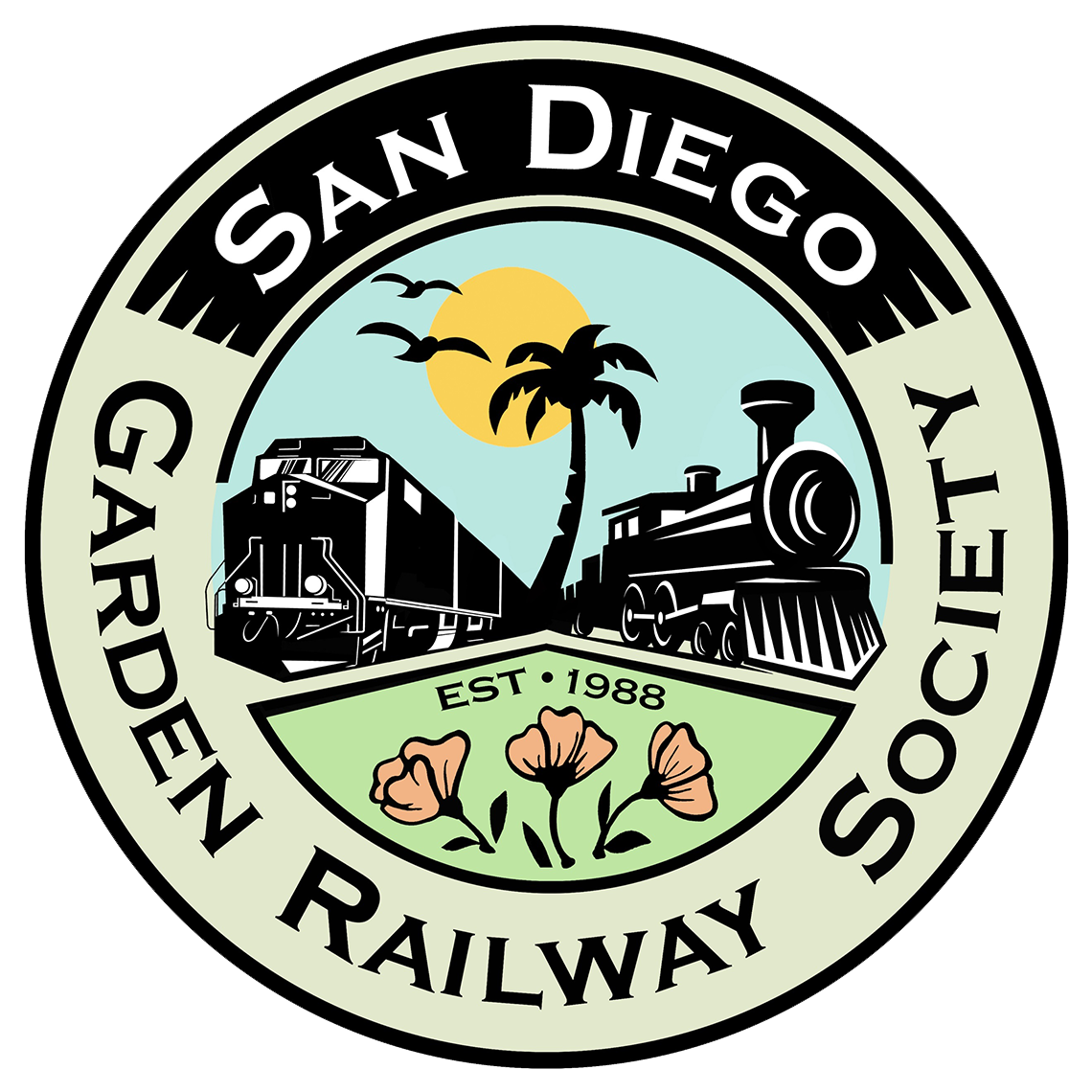Climb aboard and enjoy the fun of G-scale garden railroading!
Not to toot our own horn, but we are a zany group of hobbyists (not lobbyists) who enjoy G-Scale trains. Whether you are new to garden railroading or a seasoned pro, chug along with us for some railroading adventures. All ages are welcome to get on track, let off steam and enjoy the fun.

Learn valuable tips and tricks to building a G-scale layout
Friendly club members with years of experience are happy to share their knowledge with you at an open house, with a demonstration or clinic or through articles in our newsletter and on our website.

Experience amazing garden railroads and get inspired
Open Houses are hosted every month where you can enjoy trains running in a garden, gather ideas and perhaps get inspired to create your own garden railroad.

Have fun, socialize and make new friends
Our club events are a great way to make new friends and socialize with people that share a love for the hobby and we get together often, at our monthly open houses, committee meetings, our Annual picnic, and our Fair exhibit in June.
Ok, maybe we will toot our own horn, just a little.




Garden Railroads
Have a look at amazing garden railroads that our club members have created.

Helpful Articles
View articles and tips on G-scale Garden Railroading.

Upcoming Events
View Calendar of Upcoming Events & Open Houses.

Members Access
Get the latest information, newsletters and announcements.
April 2024
| Sunday | Monday | Tuesday | Wednesday | Thursday | Friday | Saturday |
|---|---|---|---|---|---|---|
1 | 2 | 3 | 4 | 5 | 6 | |
7 | 8 | 9 | 10 | 11 | 12 | 13 |
15 | 16 | 17 | 18 | 19 | 20 | |
21 | 22 | 23 | 24 | 25 | 26 | 27 |
28 | 29 | 30 |
